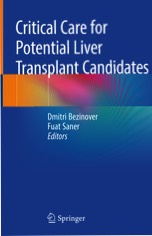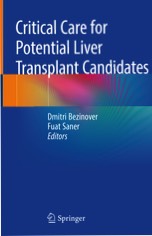Critical Care for Potential Liver Transplant Candidates

(D. Bezinover and F. Saner [Eds.]) focuses on patients with end-stage-liver disease (ESLD) who could possibly qualify for liver transplant. This patient cohort raises many problems: who should be treated and also, when is it too late for transplant? The authors are all dedicated experts in the field of ESLD/liver transplantation, but from different disciplines with different views of the problem.
In the past 15 years many things have changed in the treatment for these patients: cardiac assessment, treatment of porto-pulmonary hypertension, hemodynamics, coagulation assessment and management, diagnosis of kidney failure, and the timing of dialysis. These issues are comprehensively discussed in this book, in order to provide physicians starting in the field of transplantation an overview of different areas of concern.
This book is aimed at specialists and trainees in critical care, hepatology, anesthesia, surgery, and nephrology.
N. Raschzok, K.H. Hillebrandt and I.M. Sauer contributed with the chapter "Liver Assist Systems for Bridging to Transplantation: Devices and Concepts".
More information via this link.


